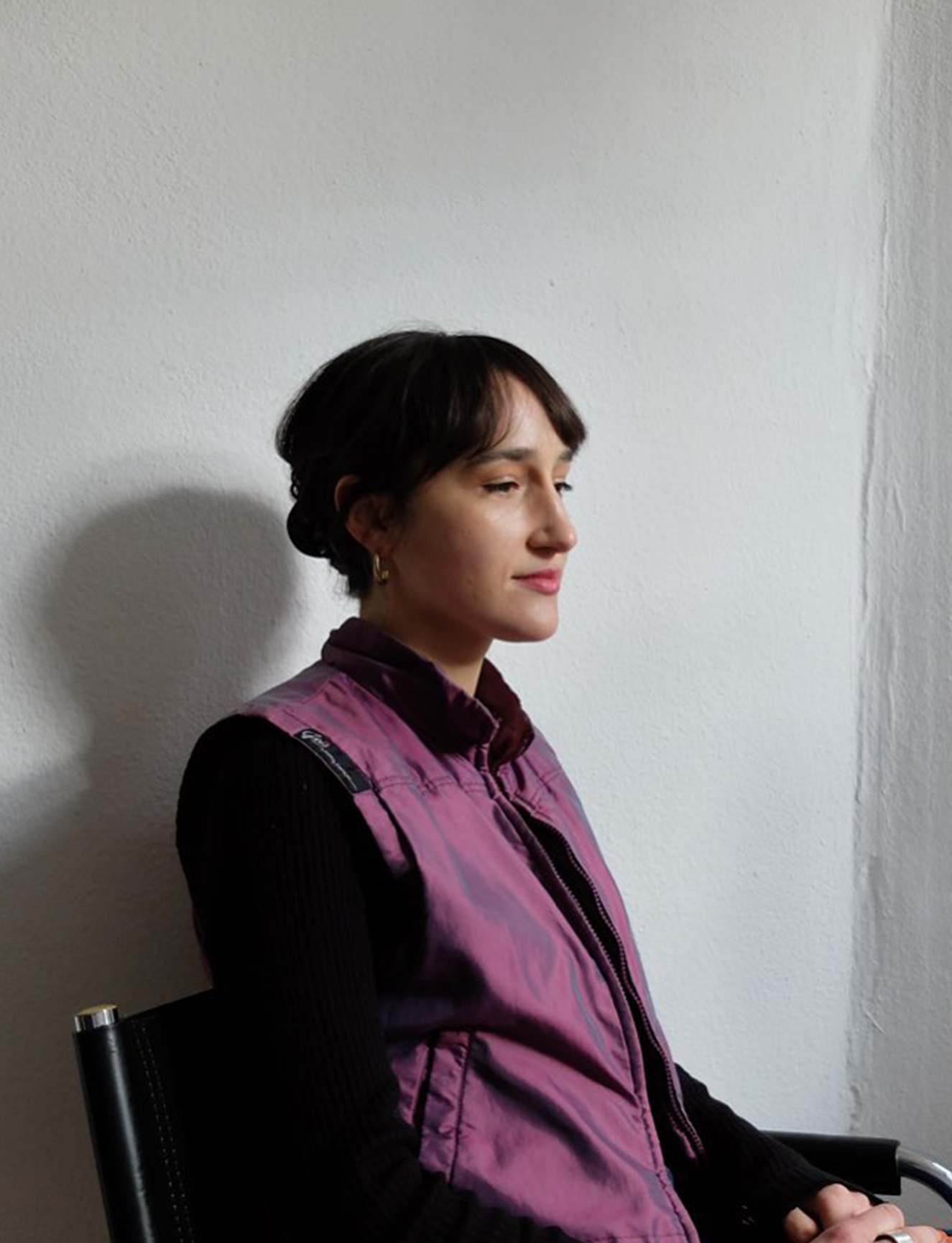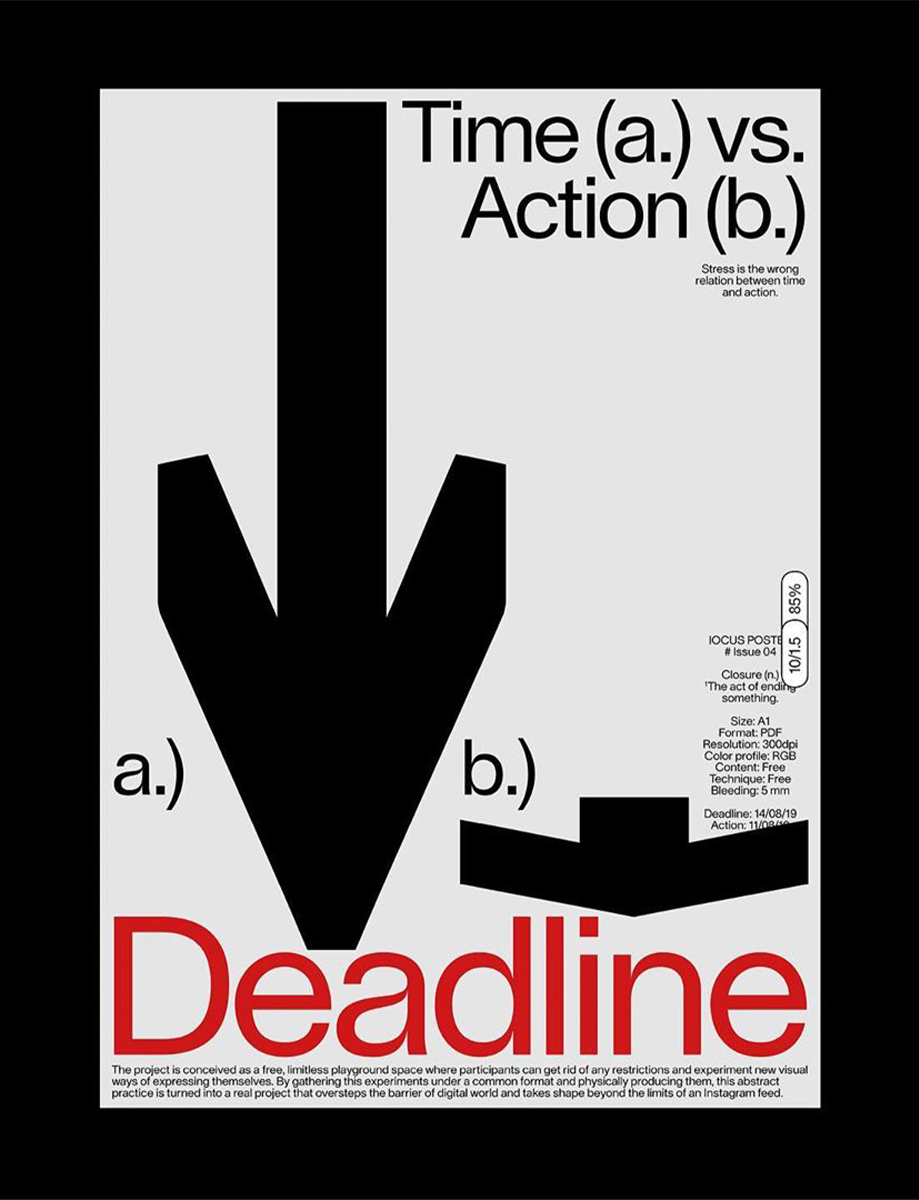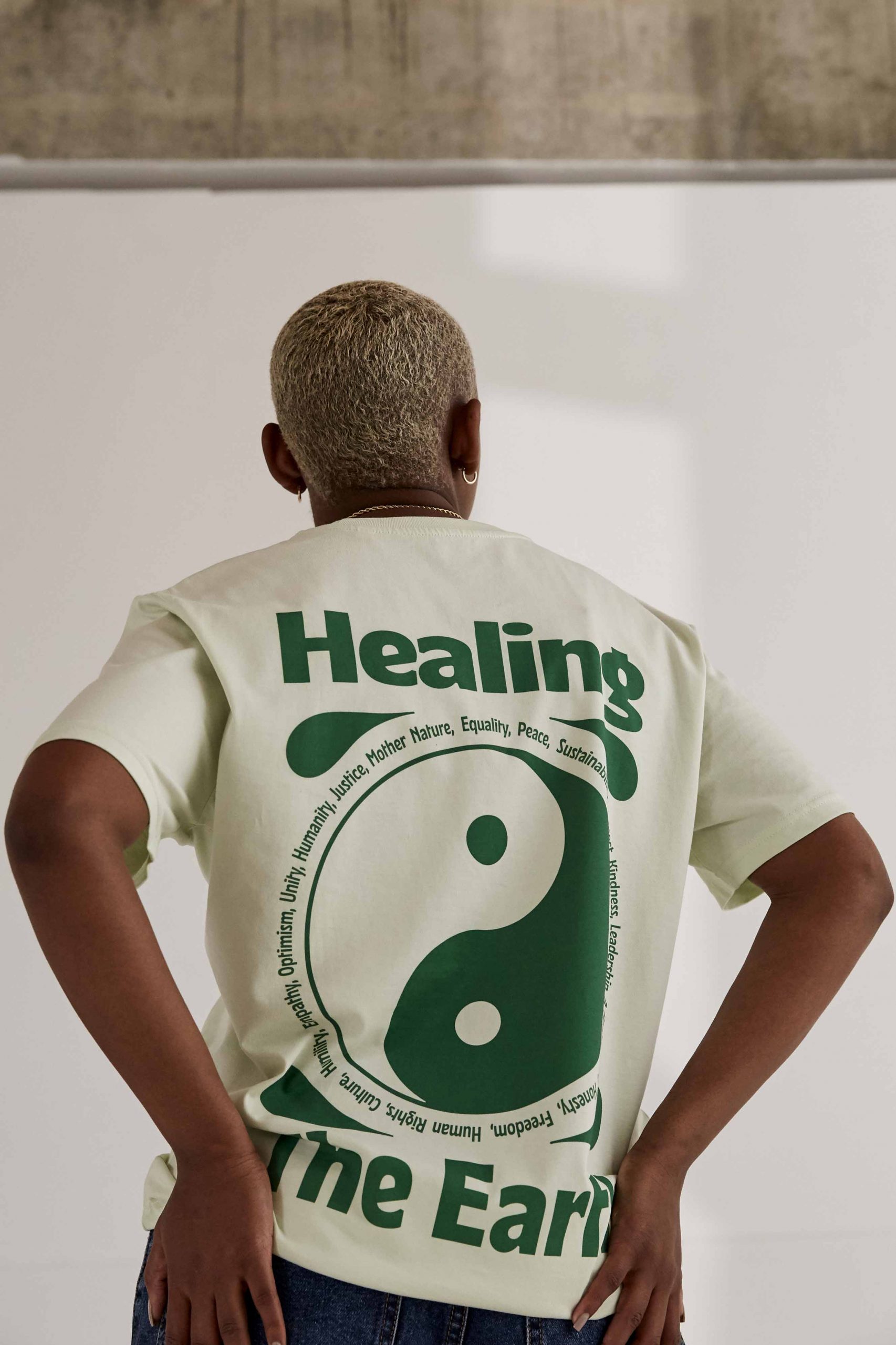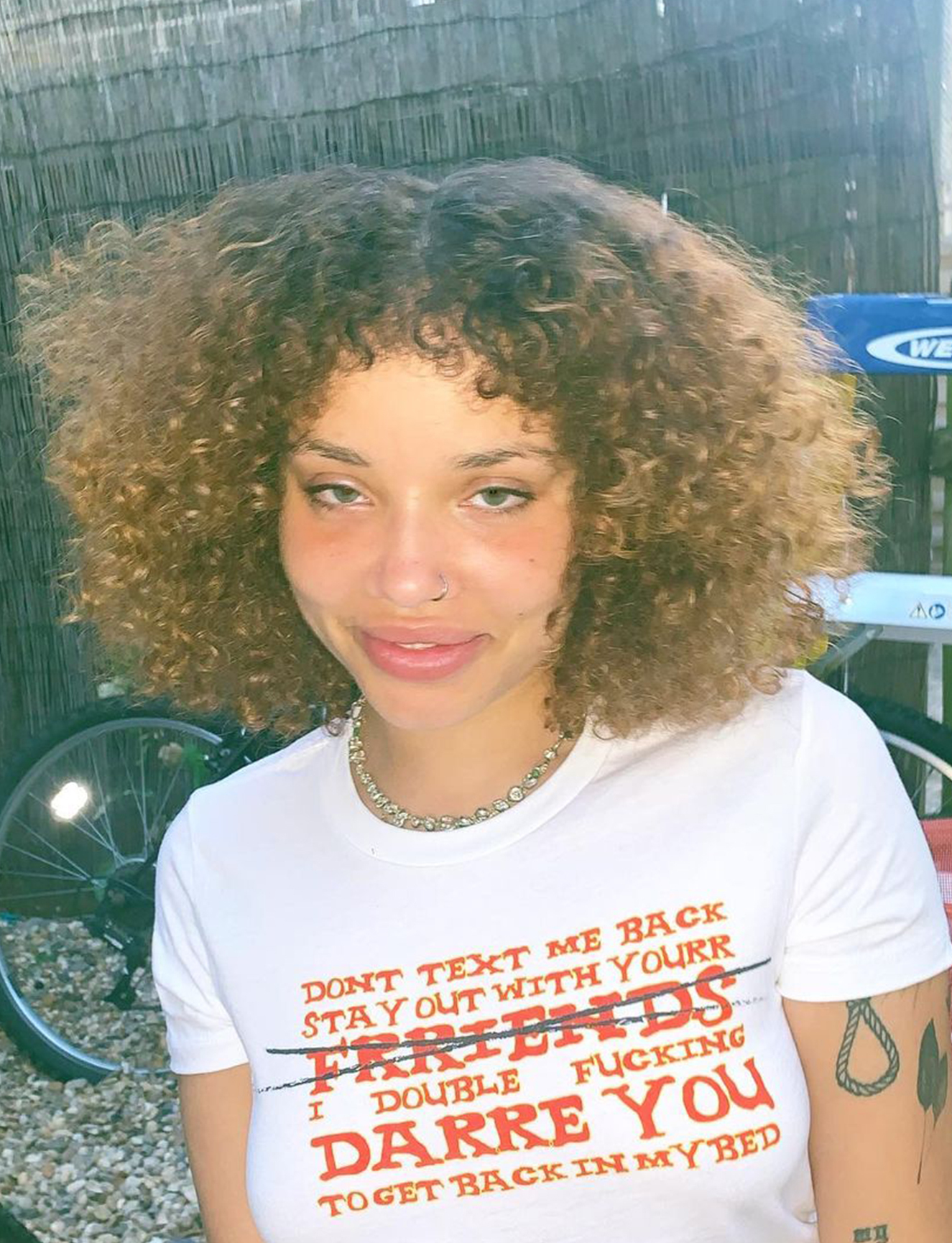You describe your work as being heavily influenced by a holistic approach, how would you define this? And how does this manifest in the kind of work you produce?
I always try to really understand the project, the people I am working with, and the audience we are trying to reach. I draw social and political questions together here, in order to gain a comprehensive understanding of any problems we’ll encounter, and to collaborate effectively, consider sustainability and ethics, and so on. Let’s say I consider projects with a critical eye from the outset.

Holistic thinking in my graphic design work goes beyond surface-level aesthetics. I am aware of my responsibility as a designer, and the implications that the work I do has, but I still try not to lose the fun part of it by being too much in my head. In good design bringing a light approach while at the same time being able to be critical is crucial. In my opinion, there is no good design without this holistic thinking, it’s the basis.
Did you have a creative childhood?
Yes, I would describe my childhood as very creative. My father is an artist, and my sister and I were constantly surrounded by his artistic practice. He never had a separate studio; he worked directly in our living room. I remember how we played with paints and searched for our toys in the wood shavings from his carvings. We were allowed to try everything ourselves and we were always encouraged in our creativity.
I am aware of my responsibility as a designer
How do you think your shared heritage, German on one side, Anatolia in Turkey on the other, has influenced your practice?
The German influence, which I’d consider to be my main influence as I was born, raised and then studied in Germany, has internalised in me the Western perspective of graphic design that emphasises concepts such as typography, order and structure. I learned to appreciate clarity, simplicity and minimalism in design, which are fundamental principles of the German and Swiss design traditions.
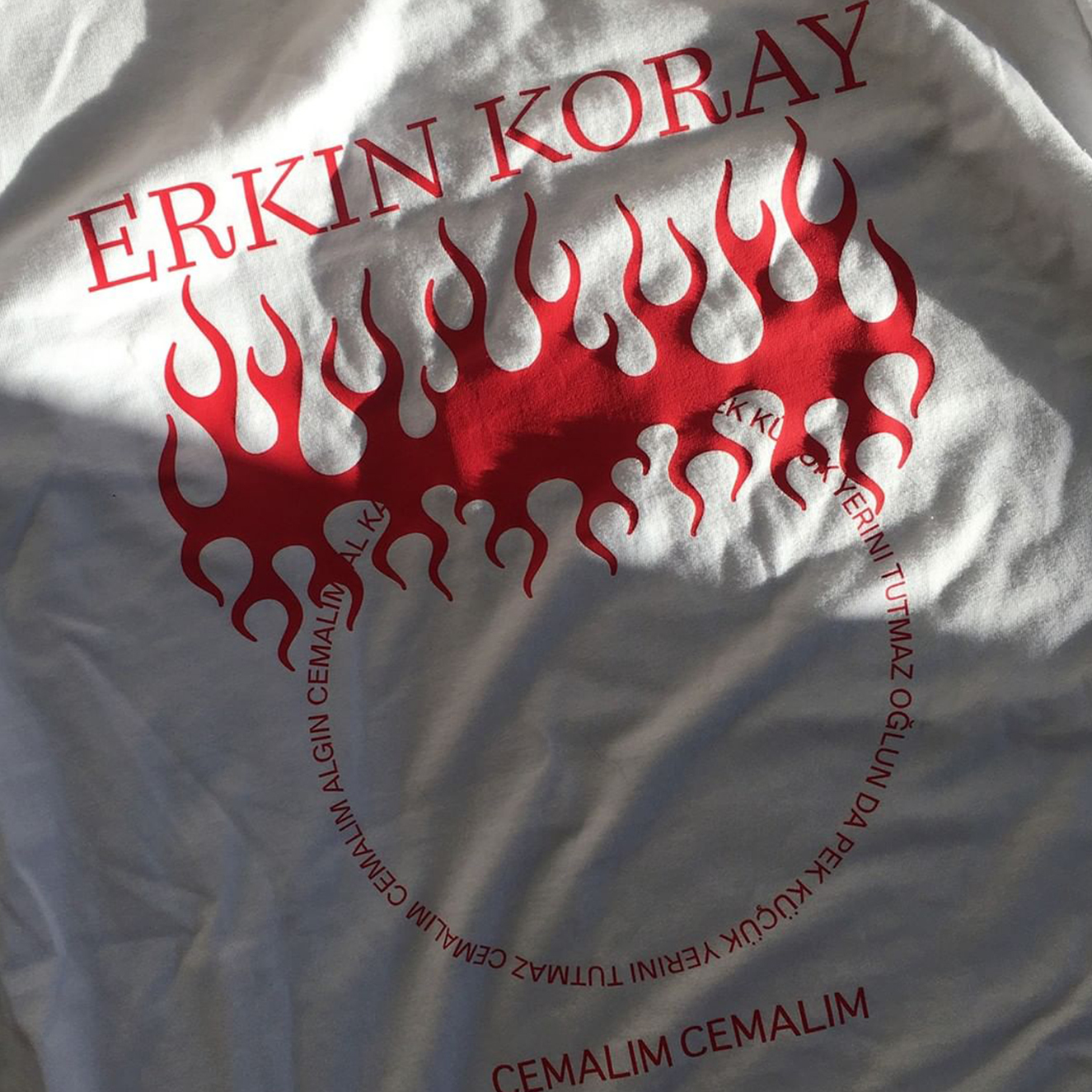
Conversely, also growing up with Turkish influences introduced me to a different aesthetic and a different way of looking at design. I was inspired by Turkish record covers, books and my father’s artistic work, which often clearly broke away from that German academic order. This mix of influences will always affect my work.
Do you feel possessive over your ideas?
Yes sometimes I do, because of course I value my ideas and put a lot of thought and effort into them, but I also believe in collaboration and the power of sharing ideas.
How do you know something that you’re working on is finished?
I never know actually. But I would say here: “When it’s done.”
Looking back on everything you’ve done, what project did you learn the most from?
I can’t pinpoint a single project; it’s more about the accumulation of experiences from numerous projects and collaborations with diverse individuals and institutions. I’ve been constantly learning and growing throughout my journey in the field. It’s been a dynamic learning process that continues to evolve.
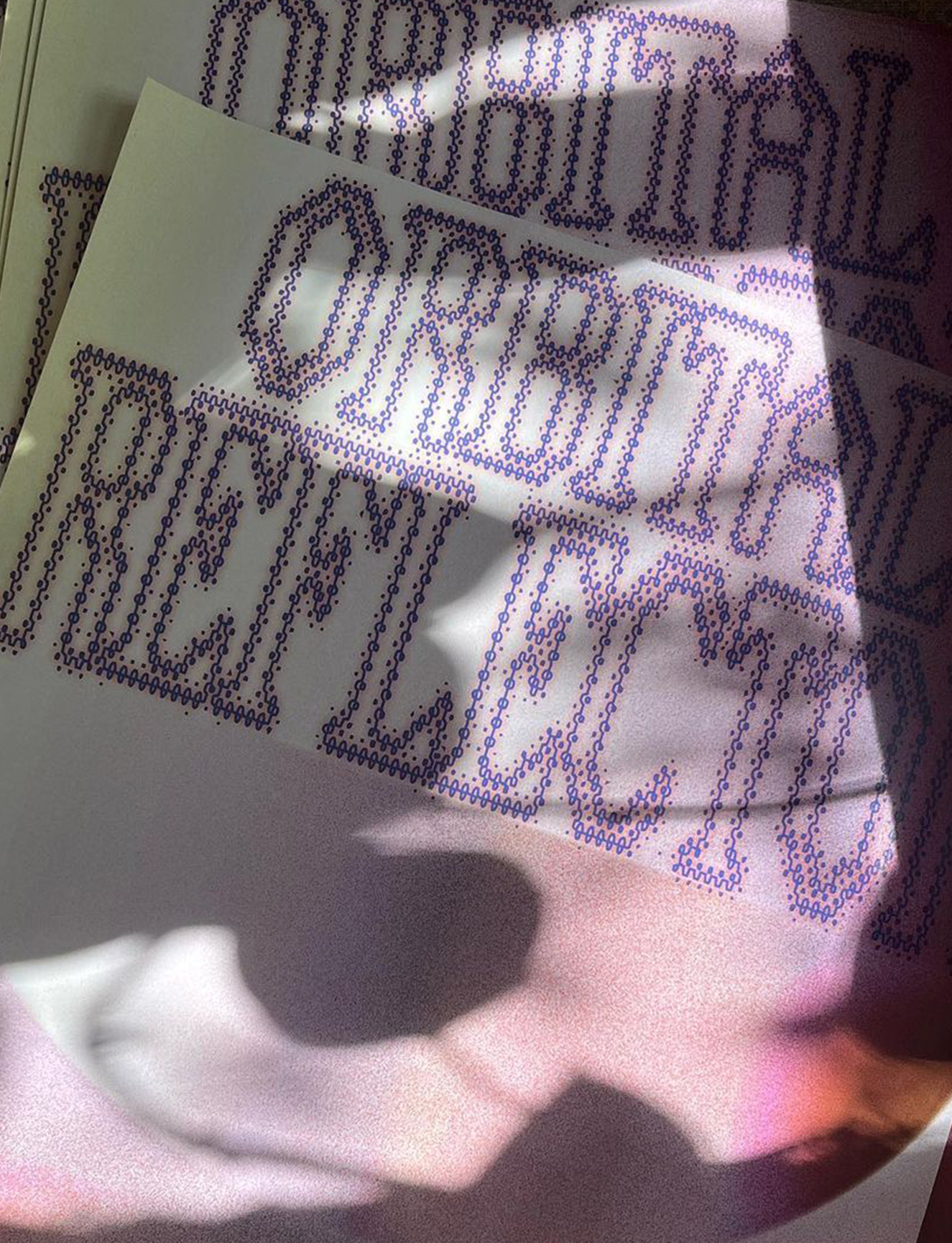
You’re both an independent freelancer, and part of Rose Pistola. For you, how does working collaboratively as part of a studio differentiate from going it alone?
As a freelancer, I appreciate the freedom to choose projects and clients, which allows me to align my work with my interests and schedule. I’m solely responsible for the outcome of my freelance projects, which comes with its own set of challenges and rewards. This autonomy enables me to explore diverse projects, including those that are personally fulfilling or involve volunteering.
Neighbourhoods are brimming with narrative potential
In contrast, collaborating within the Rose Pistola studio offers a supportive team environment where collective effort and diverse skill sets enrich our projects. The close-knit team allows for constant idea exchange and feedback, enhancing the quality of our work. We can take on larger and more complex projects that would be daunting individually, thanks to the combined expertise of the studio. When working within the studio, I represent not only myself but also our collective brand, reflecting the team. These experiences complement and enrich my professional journey in the design field.

Having undertaken a Master’s thesis around neighbourhoods, this year you’re mentoring students on their own artistic explorations of neighbourhoods. Why are neighbourhoods so fascinating to you as a designer?
The inherent diversity within neighbourhoods is a continuous source of inspiration. They are microcosms of cultures, histories, and lifestyles, offering a rich tapestry of human experiences to explore and interpret through design. Each neighbourhood also possesses its unique sense of place and identity. The challenge and reward lies in capturing and conveying this distinctiveness through my design work, ensuring that it resonates authentically with the local community.
Designing for neighbourhoods must also involve engaging with the community itself, fostering participatory design. This collaborative approach ensures that the work not only looks aesthetically pleasing but also holds meaning and reflects the values and aspirations of the residents.
I believe that neighbourhoods are brimming with narrative potential. They harbour stories of growth, transformation, history, and community spirit.
Read More: Ines Alpha: Beauty Is An Emotion.



